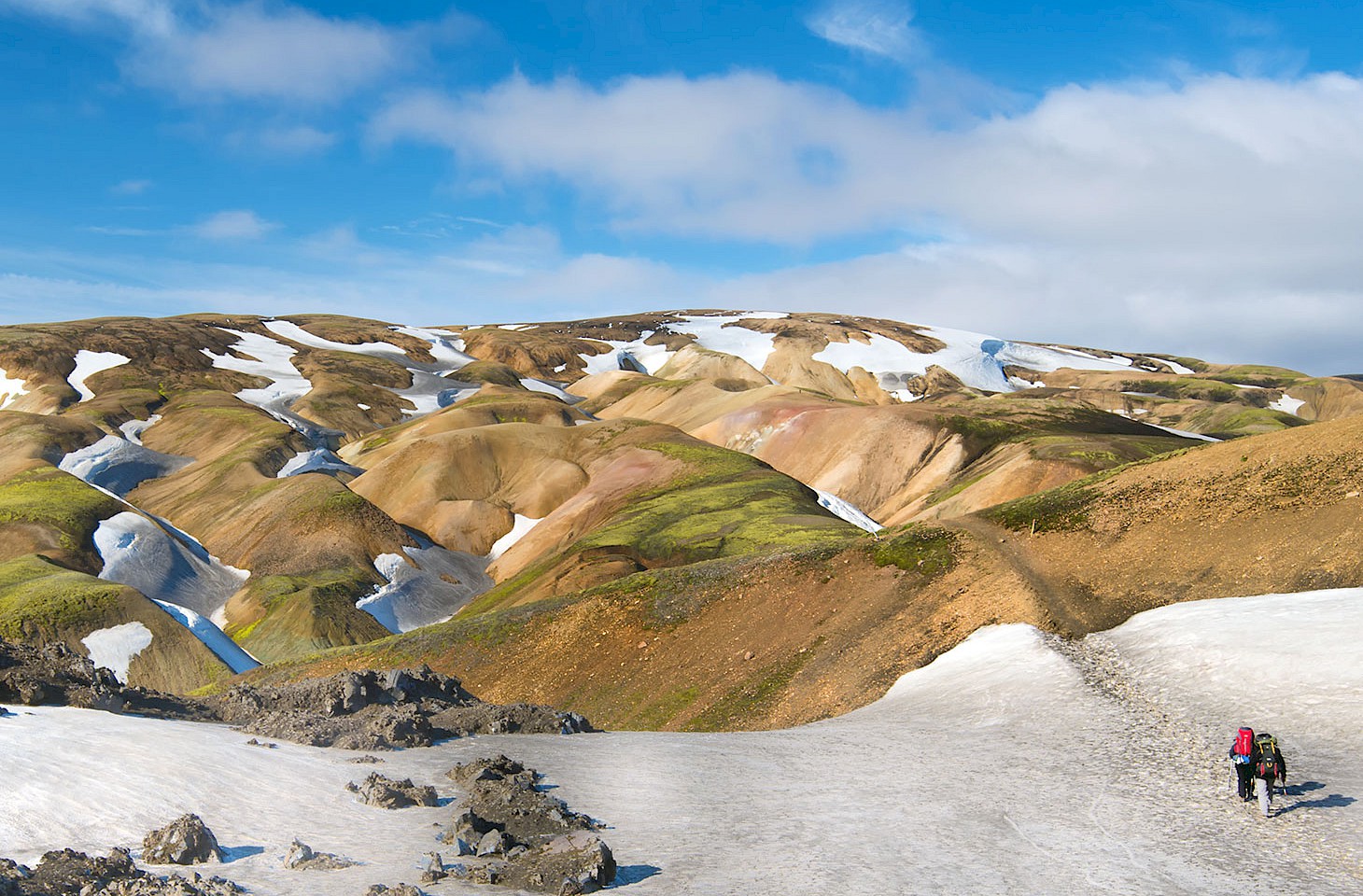Maltese environmentalist Marthese Formosa doesn’t rate her own skills as a gardener. “I don’t have green fingers, so foraging is a good option for me,” she says. Marthese and I are walking along footpaths framed by traditional rubble walls of the kind that give such character to the Maltese countryside. We are near Gudja, a community in the south of the island, one of those places far from the sea and well off the regular tourist trails.
Fleshy carob pods, still green, hang from stocky trees. Bright-coloured prickly pear adorn sprawling cacti. Wild rucola (perennial wall rocket) stretches its leaves upward from gaps in the pavement, and capers cascade from rubble walls.
Marthese relies on traditional family wisdom, shared between generations, to enrich her diet. She also experiments with replacing shopsourced ingredients, like farmed rucola, with their wild alternatives. One of her recent discoveries is carob flour. The Mediterranean tree’s pods are used in local syrups and liqueurs. Many Maltese people grew up drinking a warm glass of milk or water with carob syrup if they felt they were coming down with a cold. According to local folk wisdom, carob pods also nourish the surrounding soil. So under the spreading canopy of the carob, and indeed even beyond that canopy, the soil is especially fertile.
Carob flour, made from the tree’s crushed and toasted pods, opens a range of new possibilities in baking. Its natural sweetness, laced by a tangy bitter note, makes it a good alternative to cocoa powder. Devotees praise its caramel-like taste. Although carobs are harvested both commercially and by field owners, in the Maltese autumn their delicious pods often carpet the ground around trees. They are there for the taking. It’s not the only seasonal freebie. Prickly pear fruit, which takes skill to harvest, is seen rotting on pavements. “It’s a pity that a lot of food is wasted, although it’s free,” Marthese says.
Pressure of urbanisation
Marthese’s enthusiasm for foraging finds favour with ethnobotanist Timothy J. Tabone, when I join him at Dingli, up on the cliffs by Malta’s west coast. Timothy is quick to highlight the shortcomings in public perception of Maltese habitats. “Many Maltese have not yet learnt to appreciate what’s here,” he says. “They think there’s nothing here, only nasty, prickly plants.”
Timothy continues: “Malta has a very rich flora, despite the wanton destruction [of the environment] that has been going on. Malta has over a thousand species of wild plants. And a lot of this floral diversity is found on this rocky terrain around Dingli.” The town, much frequented by tourists, lost a number of centenarian carob trees last spring. Despite opposition from environmentalists, farmers and the local community, the Maltese authorities have prioritized road building in a country where a quarter of the territory is already covered in concrete.




